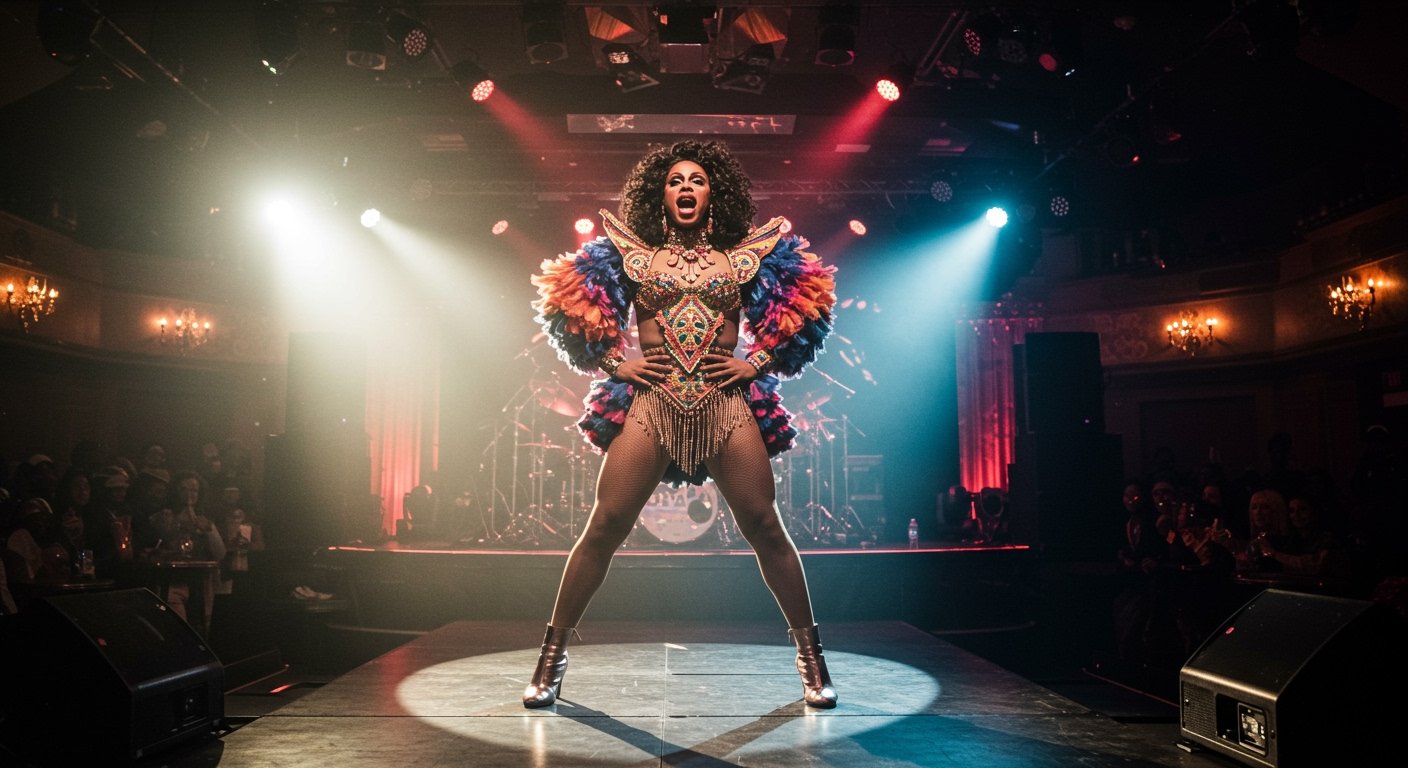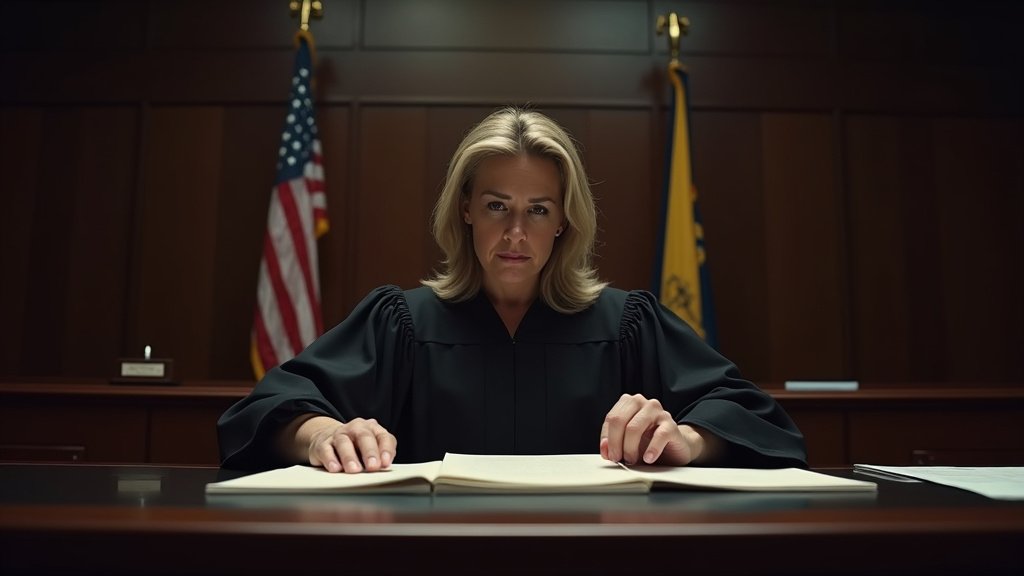PORTLAND, Ore. — In a move acknowledging decades of cultural contribution and confronting a difficult history of discrimination, the Oregon House of Representatives has formally recognized the profound impact of Black drag performers on the state’s community.
Passed during Pride Month and just ahead of the Juneteenth holiday, House Resolution 3 stands as a legislative tribute to the vibrant and resilient history of Black drag in Oregon, highlighting the significant role these artists have played since 1958.
Acknowledging a Rich History
The resolution, spanning four pages, provides a detailed list of Black drag performers whose artistry, activism, and presence have shaped Oregon’s cultural landscape over the past six decades. This official recognition marks a pivotal moment, elevating the contributions of an often-marginalized group within the state’s narrative.
The list serves as a historical document, aiming to ensure that the memory and influence of these pioneering performers remain vibrant and accessible for future generations. It underscores the fact that drag, particularly within the Black community, has long been a vital form of self-expression, resilience, and community building.
Featured Performers and Lasting Impact
Among the notable figures mentioned in House Resolution 3 are Henry Felton, widely known by his drag name Kimber K. Shade, and fellow celebrated drag queen Kimberly Westwood. Their inclusion signifies the breadth and depth of talent and impact within the community being honored.
Felton’s influence is particularly highlighted through a specific performance that achieved widespread recognition. In 2010, his imitation of global superstar Beyoncé at a Portland nightclub reportedly achieved viral status overnight on YouTube, garnering over 100,000 views. This example illustrates the capacity of these artists not only to entertain but also to capture the cultural zeitgeist and reach a broad audience through their craft.
Such moments underscore the power of performance art, especially drag, to transcend traditional venues and make a significant cultural splash, bringing visibility and recognition to the performers and the community they represent.
Confronting Oregon’s Past
Supporters of House Resolution 3 emphasized the critical need to acknowledge the state’s complex and often painful history of discrimination. They pointed specifically to the systemic biases faced by both Black Oregonians and LGBTQ+ Oregonians throughout the state’s history.
A stark reminder of this past is Oregon’s original constitution, which notoriously included a ban on Black people from living within the state’s borders. While this provision was eventually removed, its existence highlights a foundational discriminatory intent that has had long-lasting repercussions for Black residents.
By passing this resolution, the legislature not only celebrates the contributions of Black drag performers but also implicitly acknowledges the historical context in which these artists persevered and thrived despite systemic obstacles and prejudice based on race and sexual orientation or gender identity.
Timing and Symbolism
The timing of the resolution’s passage – during Pride Month, a global celebration of LGBTQ+ rights and culture, and just ahead of Juneteenth, the commemoration of the end of slavery in the United States – is deeply symbolic. It intentionally links the struggles and triumphs of the LGBTQ+ community with those of the Black community, recognizing the intersectional identities of Black drag performers.
This timing underscores the resolution’s message of inclusivity and historical recognition, positioning the legislative body’s action within broader movements for civil rights and social justice. It serves as a potent reminder that the fight for equality is multifaceted and ongoing.
The Purpose: Keeping Memory Alive
The fundamental aim articulated for House Resolution 3 is to ensure that the memory of these pioneering Black drag performers remains vibrant and honored. In communities where history is often passed down orally or through cultural practices rather than formal documentation, legislative recognition can play a crucial role in preserving this heritage.
By creating a formal list and issuing a resolution, the state of Oregon is taking steps to document and validate the historical presence and contributions of Black drag artists. This act can inspire current and future generations of performers and advocates, providing them with a recognized lineage and a sense of belonging within the state’s history.
Furthermore, this resolution serves as an educational tool, bringing attention to a significant cultural phenomenon that may be unfamiliar to many Oregonians. It encourages a deeper understanding of the diversity within the state and the many forms that artistic expression and community leadership can take, particularly from voices historically pushed to the periphery.
Broader Significance and Moving Forward
The passage of House Resolution 3 in Oregon resonates beyond the state’s borders. It highlights a growing trend towards recognizing the cultural and historical importance of drag, and specifically the foundational contributions of Black artists within that field.
Drag has evolved from underground performance spaces to mainstream television, but the roots and ongoing influence of Black drag are often overlooked. This resolution helps to correct that oversight, centering the narratives and achievements of artists who have been instrumental in shaping the art form and providing sanctuary and celebration for their communities.
While a resolution is a symbolic act and does not carry the force of law, its passage by a legislative body like the Oregon House sends a powerful message of validation and respect. It signals a commitment to acknowledging the full spectrum of the state’s history and celebrating the resilience and creativity of all its residents, including those from communities that have historically faced significant adversity.
The focus on a specific cultural group within the LGBTQ+ community, while also acknowledging the racial identity of the performers, underscores the importance of intersectional understanding in legislative and social recognition. It moves beyond a monolithic view of marginalized communities to appreciate the distinct experiences and contributions of groups within groups.
As Oregon continues to grapple with its past and strive for a more equitable future, initiatives like House Resolution 3 are seen by supporters as vital steps in building a more inclusive historical record and fostering a greater sense of belonging for all residents. The resolution ensures that the legacies of Black drag performers who have shaped the state since 1958 will not be forgotten but will be celebrated as an integral part of Oregon’s diverse cultural tapestry.




